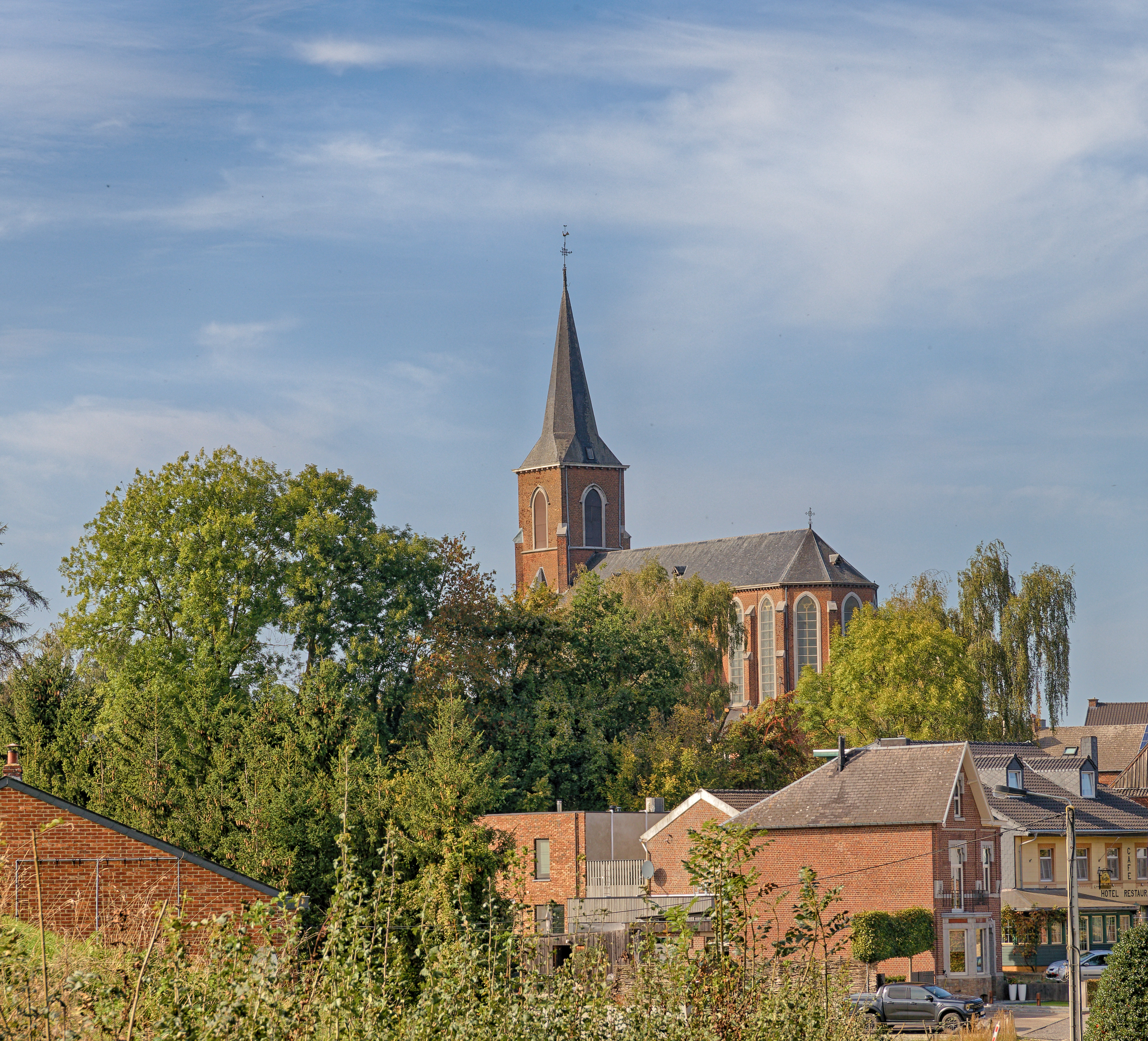Teuven Info
Teuven is located in a beautiful undulating landscape, surrounded by extensive forests. The neo-Gothic St. Peter's Church from 1870 rises remarkably high above the rest of the village. Teuven owns two castles. First of all, 'De Hoof', formerly the residence of the local lords.
Contact

Teuven
Teuven is located in a beautiful undulating landscape, surrounded by extensive forests. The neo-Gothic St. Peter's Church from 1870 rises remarkably high above the rest of the village. Teuven owns two castles. First of all, 'De Hoof', formerly the residence of the local lords. After purchase in 1985 by the Flemish Community, it was privately refurbished and is now operated as a hotel-restaurant. The former Sinnich Abbey has been privately owned since the French Revolution. From about 1250, Augustinians lived here in an abbey that was founded from Kloosterrade (Rolduc) - now Dutch Limburg. Only daughters of noble blood were admitted to the community of Sinnich.
A piece of history
The former Sinnich Abbey has been privately owned since the French Revolution. From about 1250, Augustinians lived here in an abbey that was founded from Kloosterrade (Rolduc) - now Dutch Limburg. Only daughters of noble blood were admitted to the community of Sinnich.
The Romanesque tower from the 13th century, in natural stone, still reminds of those early years. The tower and the facade (1750) designed by the Aachen architect Couven can be seen from the road (with some difficulty). Like the other castles of Voeren, this is also not open to the public. Teuven belonged to the Duchy of Limburg, which came to the Duchy of Brabant in 1288. It formed, together with Sippenaeken and Beusdael, a separate seigneury. In 1557 this seigneury, formerly ducal property, issued by Philip II of Spain to Gerard Colyn and in 1612 to Gerard de Draeck.
In 1646 the lordship was split and Teuven, with Sinnich and Nurop, came to Gerard de Draeck, and the rest to Adolf Colyn. Until 1792, Teuven remained in the possession of the De Draeck family, who resided in Teuven Castle. After this year it came into the possession of the De Négri family.
At the time of independence from Belgium, geographer Philippe Vandermaelen made an inventory of 50 houses in the center of this village and 75 in Nurop and Sinnich, a church, a town hall, a mill, two castles, a brewery and a primary school. Together with Sippenaeken, there were 902 inhabitants who spoke "French and Flemish" (probably Walloon and Platt). This makes Teuven, together with Remersdaal and Obsinnich, the only territory of the current provinces of Belgian and Dutch Limburg that traditionally belongs to the Duchy of Limburg. The main means of subsistence of Teuven was agriculture.



